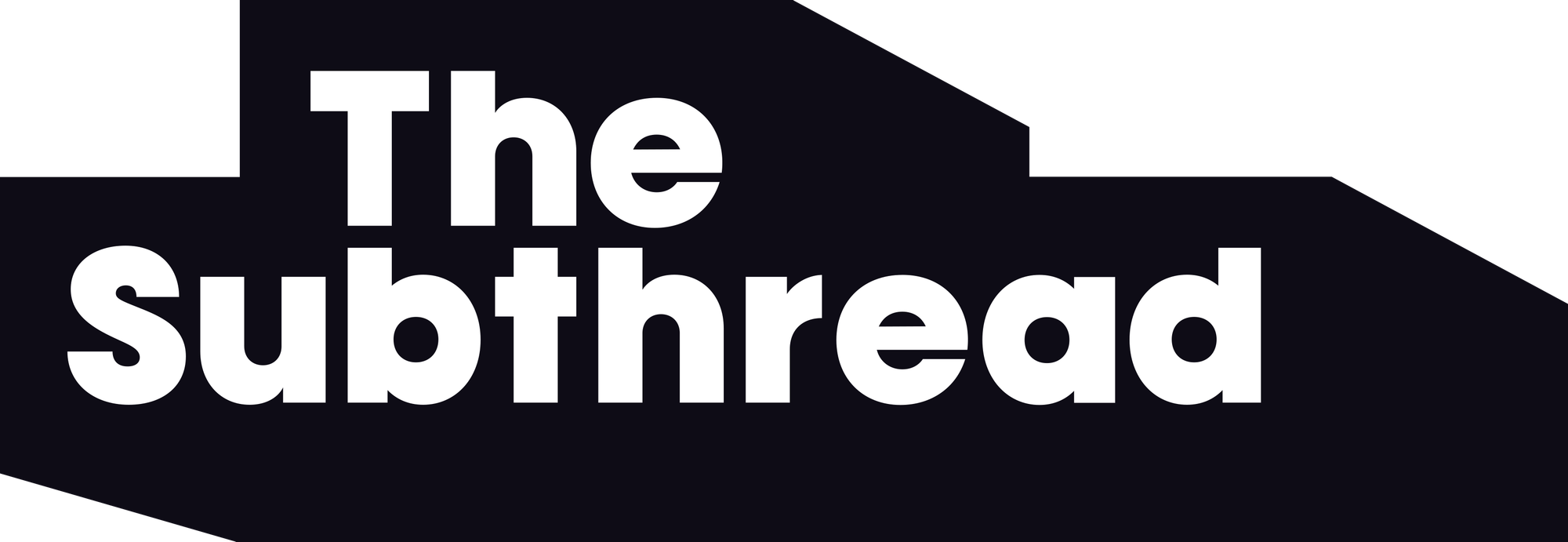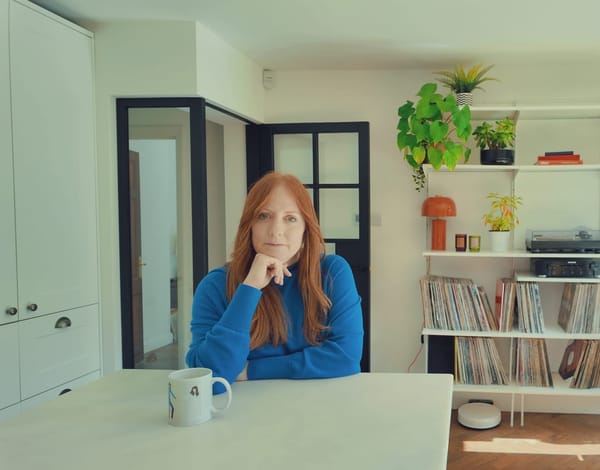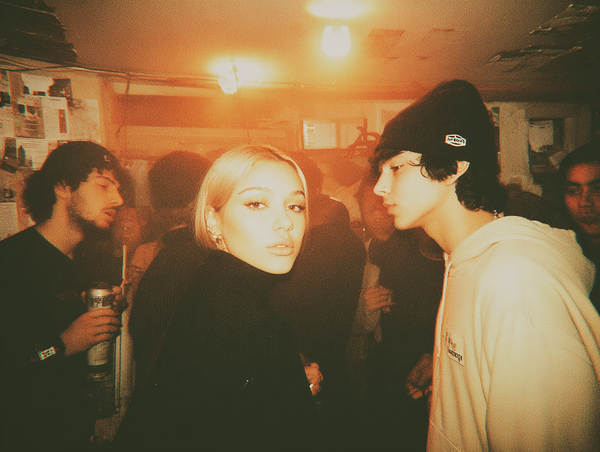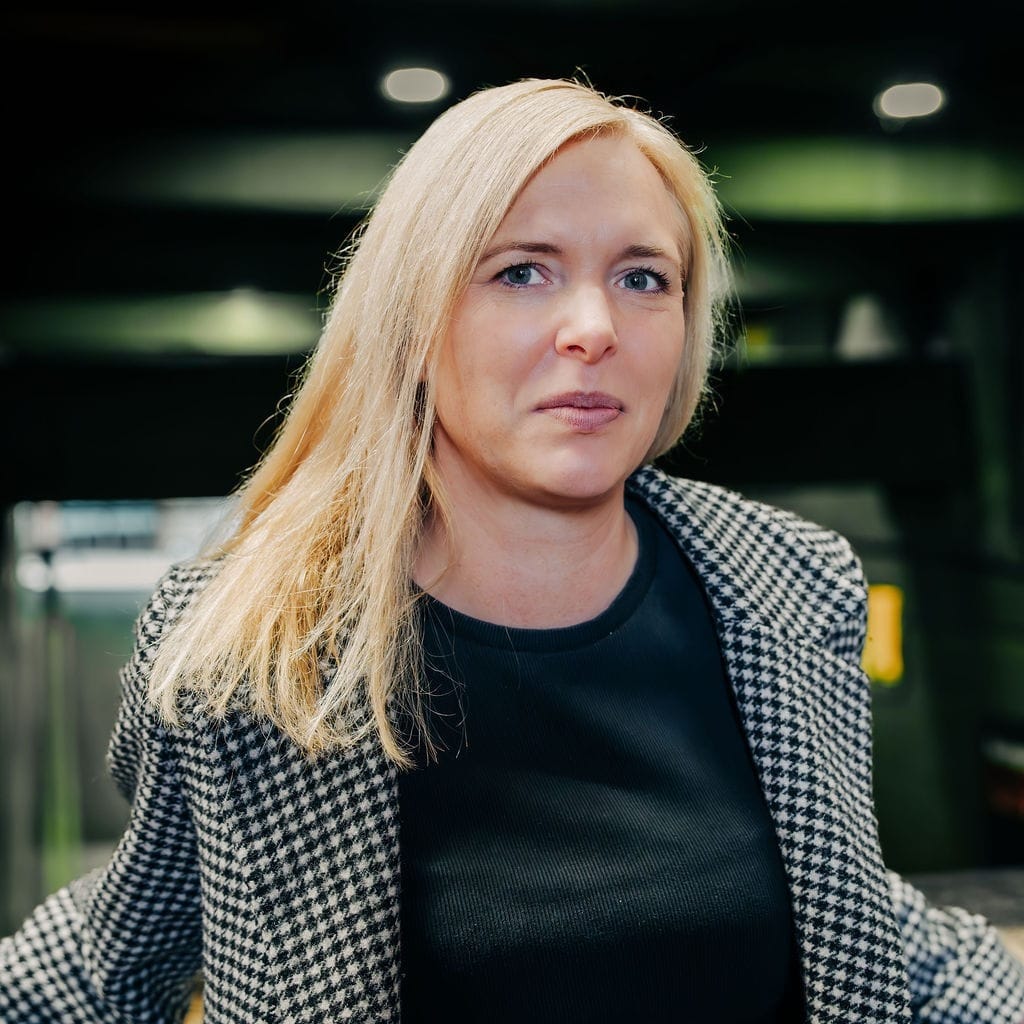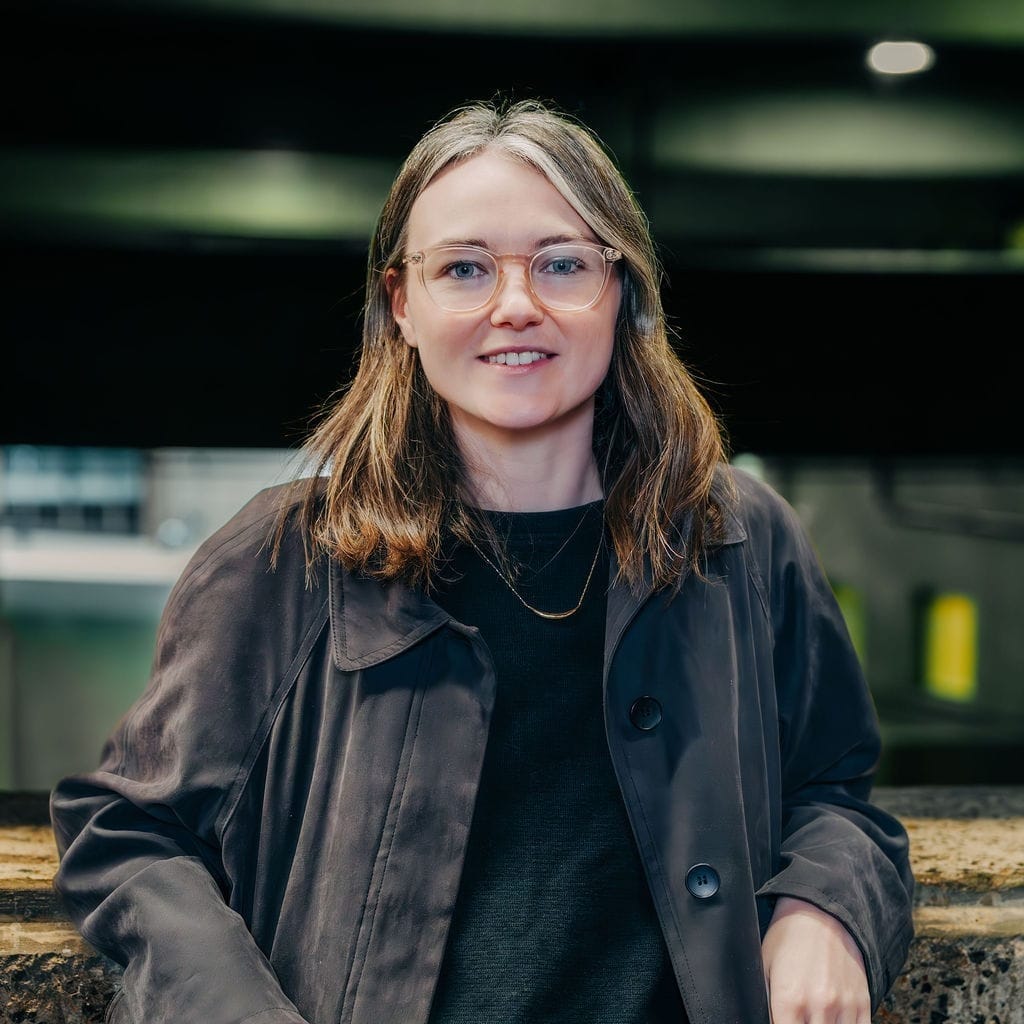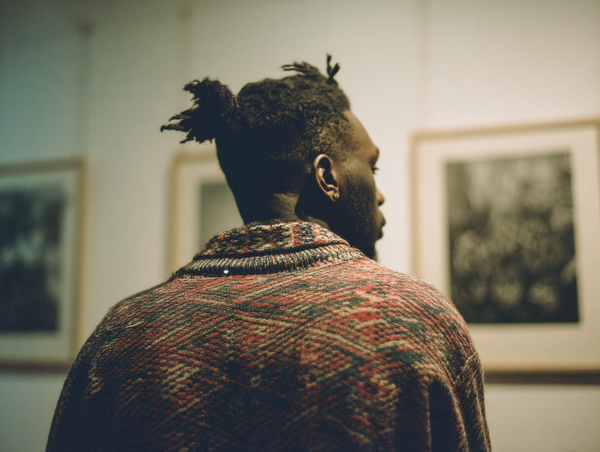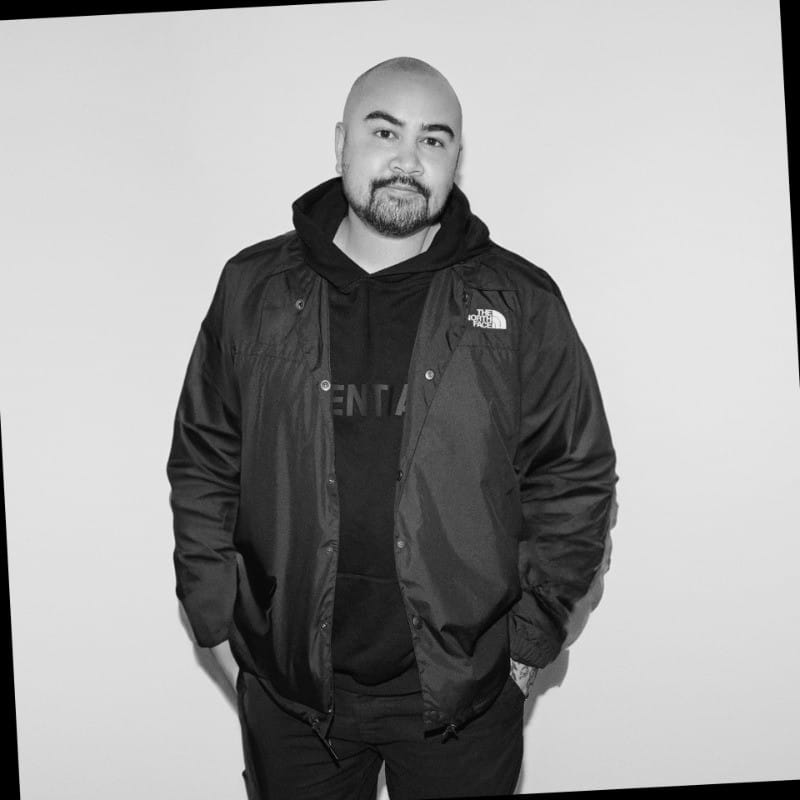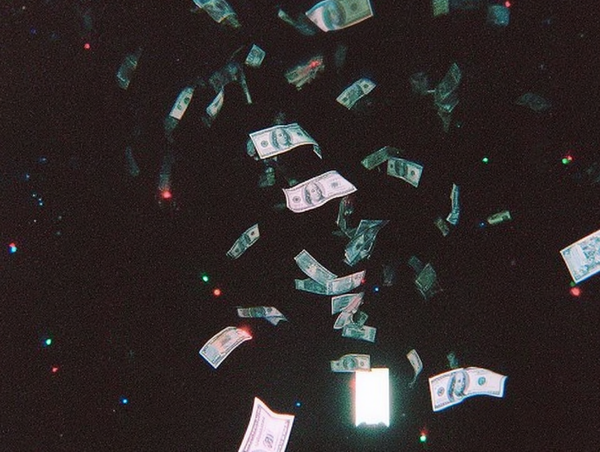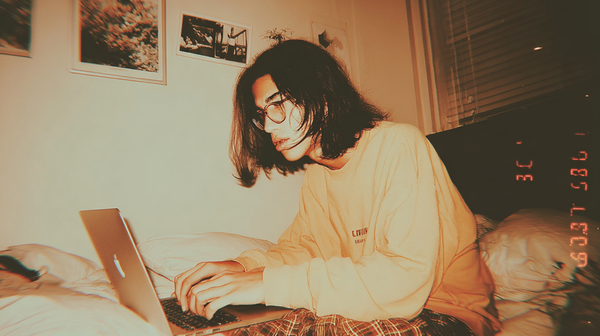Meet Charlotte Cripps: the design director who doesn’t just think outside the box – she’s busy redesigning it, branding it, and probably teaching it how to use AI.
From transforming legacy publications into glossy coffee-table stunners to leading bold design teams, and most recently, shaping the branding for The Subthread – Charlotte’s career reads like a masterclass in visual storytelling. She’s not just fluent in editorial and brand development, she’s also conversational in AI, wielding new tech as both muse and toolkit.
Today, she’s fresh off a run as design director, her portfolio bursting with award-shortlisted covers and a knack for making even the most strategic design look effortless. If there’s a new frontier in creative tech, Charlotte’s probably already mapped it – and added a killer logo for good measure.
We sat down with Charlotte to talk about pushing boundaries, the joy of collaboration, and the right way to think about AI in design.
The fundamentals of good design
“When I first started designing magazines, images arrived on little acetone squares. I’d use a slide loupe to check small acetate transparencies on a lightbox,” says Charlotte Cripps, sipping from a Kate Bush-themed coffee mug at her breakfast bar. It’s a memory that captures just how much publishing has shifted over her 25 years in the industry – and how she’s shifted with it.
